Bringing about changes in your cat’s feeding routine can be a daunting task. Cats, being creatures of habit, often resist alterations to their familiar patterns. However, whether due to health reasons, lifestyle changes, or diet improvements, sometimes it becomes necessary to adjust their feeding schedule. Understanding how to transition your feline friend smoothly can make the process more comfortable for both you and your pet. Here’s how you can help your cat adjust to a new feeding routine with ease and grace.
Understanding Your Cat’s Feeding Habits
Cats are known for their finicky nature, especially when it comes to food. Understanding their feeding habits is crucial before implementing any changes. Cats tend to graze, eating small amounts throughout the day rather than consuming large meals at once. This behavior stems from their wild ancestors, who hunted small prey. When adjusting their feeding routine, keep in mind that sudden changes can cause stress or digestive issues. Observing how your cat eats and when they prefer to eat can provide valuable insights into planning a new routine that suits them best.
Why Changing the Feeding Routine Might Be Necessary
There are numerous reasons a change in feeding routine might be necessary. Perhaps your veterinarian recommended a new diet to address a health issue, or maybe your schedule has shifted, requiring a change in feeding times. Additionally, transitioning from kitten to adult food demands a change in feeding patterns. Understanding the underlying reason for the change can help you implement it more effectively. It’s crucial to ensure that any new routine aligns with your cat’s nutritional needs and lifestyle.
Choose the Right Type of Food for Your Cat
Selecting the appropriate food is a pivotal aspect of adjusting your cat’s feeding routine. Cats require specific nutrients, such as taurine, that are not found in dog food or other household foods. Deciding between wet and dry food, or a combination of both, depends on your cat’s age, health, and preferences. Consult your veterinarian to determine the best type of food for your cat’s unique needs. Ensuring the food is palatable and nutritious can make the transition smoother.
Introduce Changes Gradually
When introducing a new feeding routine, gradual changes are key. If you suddenly alter your cat’s feeding schedule or type of food, it might refuse to eat altogether. Start by mixing small amounts of the new food with the old, gradually increasing the new food’s proportion over several days. Similarly, if you’re changing feeding times, slowly adjust the schedule by 15 to 30 minutes each day. This gradual shift allows your cat to adapt without feeling overwhelmed, reducing the likelihood of stress or food refusal.
Create a Consistent Feeding Schedule
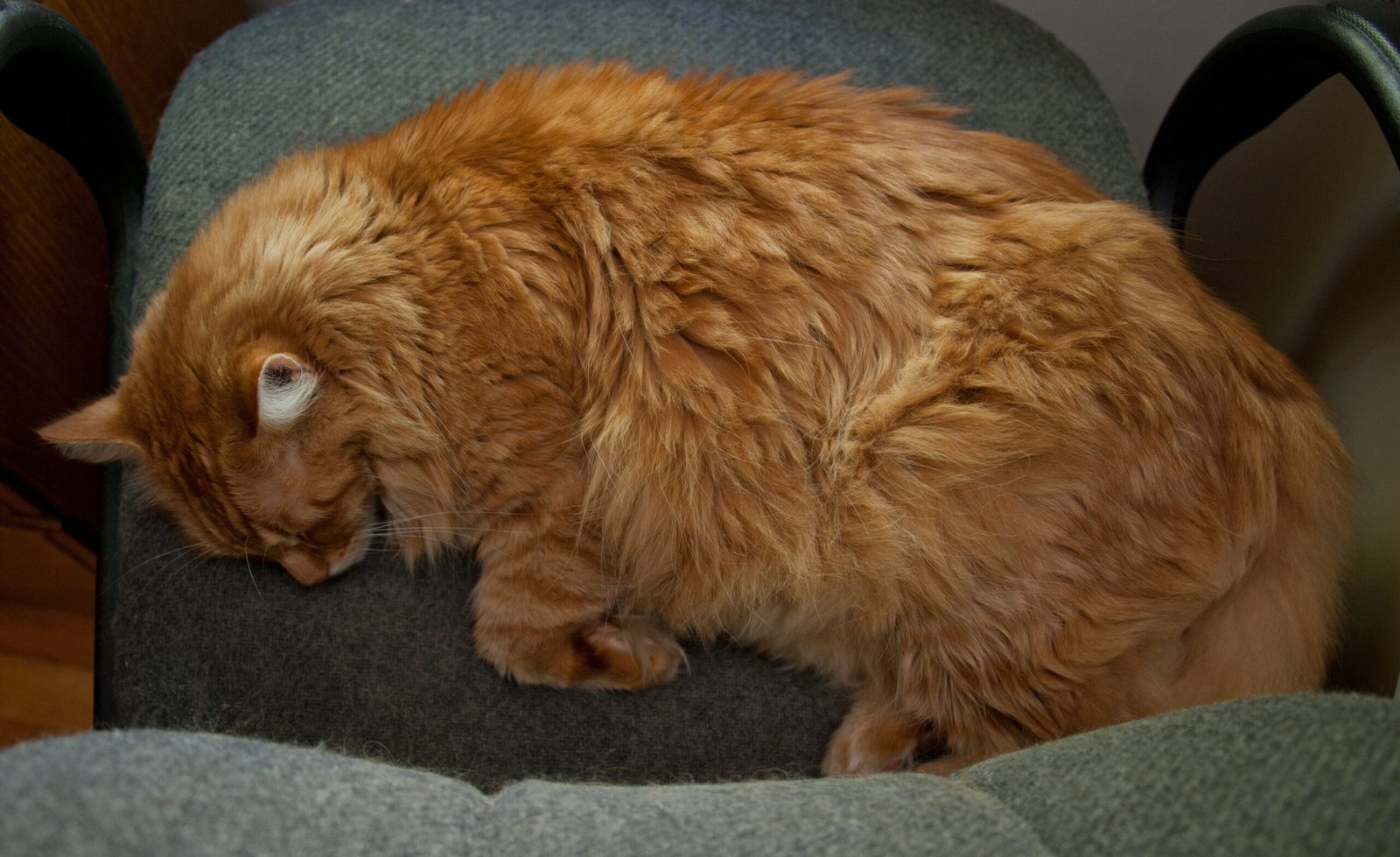
Consistency is critical in helping your cat adjust to a new feeding routine. Try to feed your cat at the same times every day, even on weekends. This predictability helps your cat know when to expect food, reducing anxiety and promoting better eating habits. Consistency also aids in monitoring your cat’s appetite and health, as any deviations from the norm become more noticeable. Over time, your cat will become accustomed to the new schedule, making the routine change a success.
Monitor Your Cat’s Reaction to the New Routine
Monitoring your cat’s reaction to the new feeding routine is vital. Keep an eye on its eating habits, energy levels, and overall health. If your cat shows signs of distress, such as vomiting, diarrhea, or refusal to eat, consult your veterinarian promptly. These symptoms may indicate that the new routine isn’t suitable, or there might be an underlying health issue. Adjustments might be necessary based on your cat’s response, ensuring that the transition remains beneficial and stress-free.
Incorporate Feeding Enrichment Activities

Engage your cat by incorporating feeding enrichment activities into the new routine. Puzzle feeders or treat-dispensing toys can make mealtime more interesting and mentally stimulating. These tools encourage your cat to work for its food, mimicking natural hunting behaviors and providing mental and physical exercise. Enrichment activities can make the new routine more enjoyable for your cat, helping it adapt more quickly to the changes.
Ensure a Comfortable Feeding Environment
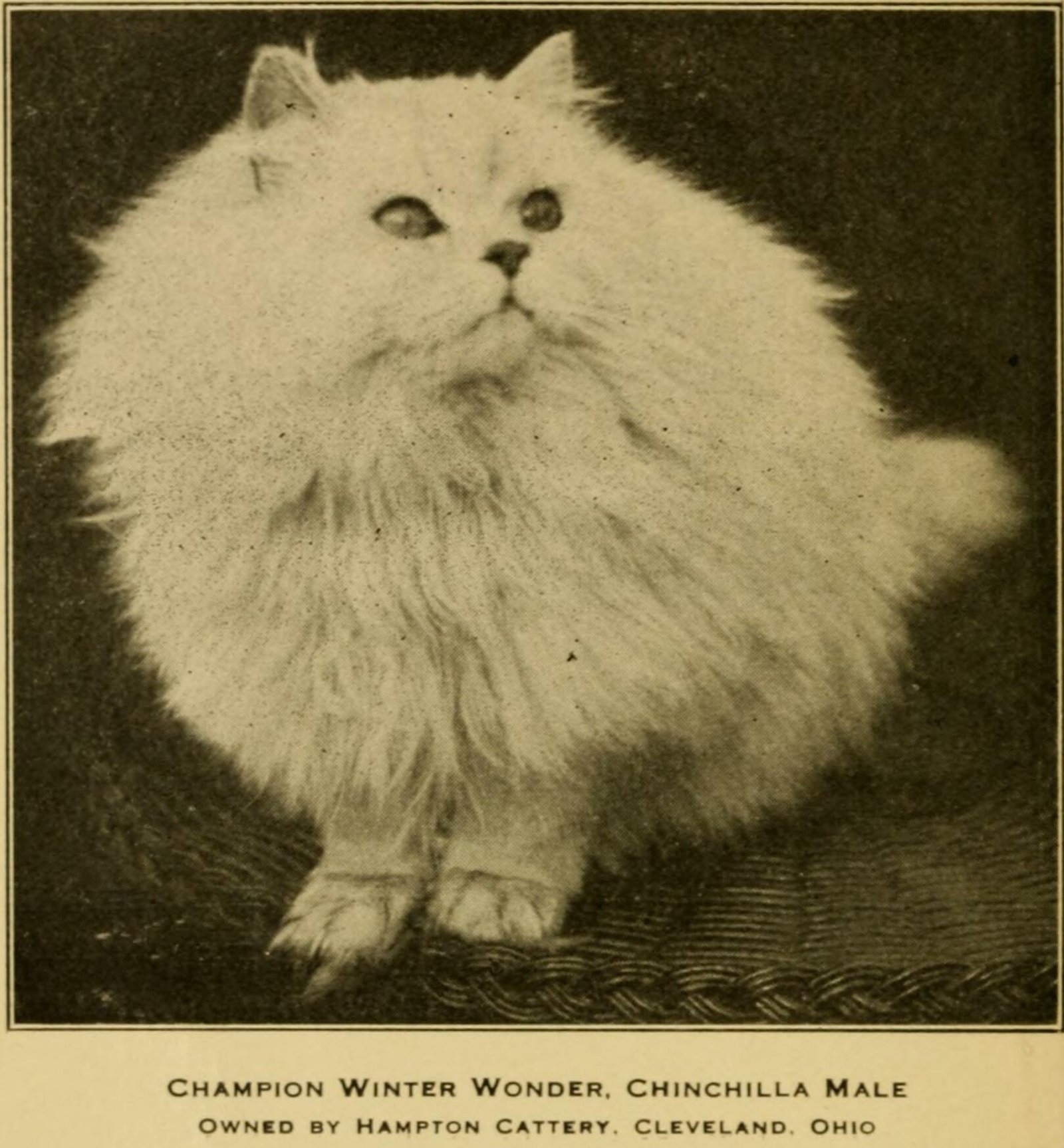
The environment in which your cat eats can significantly impact its willingness to adapt to a new feeding routine. Ensure that the feeding area is quiet, clean, and free from disturbances. Cats are sensitive creatures, and a stressful environment can deter them from eating. Providing a calm, comfortable space can make mealtimes more pleasant, aiding the transition process.
Offer Praise and Rewards
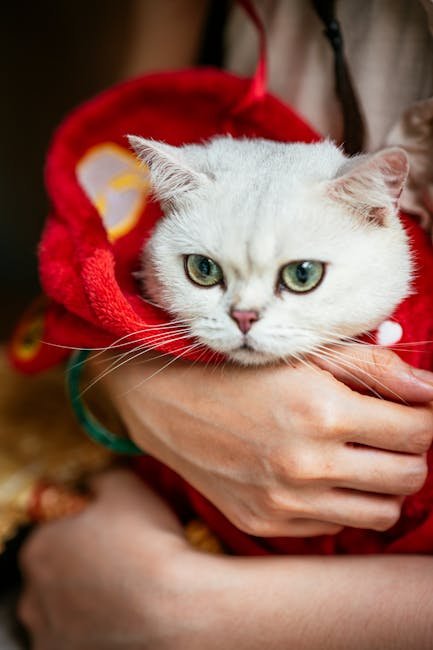
Positive reinforcement can encourage your cat to accept a new feeding routine. Offer praise, gentle petting, or a small treat when your cat eats according to the new schedule. This positive association can motivate your cat to continue adapting to the changes. However, be mindful not to overfeed with treats, as this could lead to weight gain or imbalanced nutrition.
Be Patient with the Process
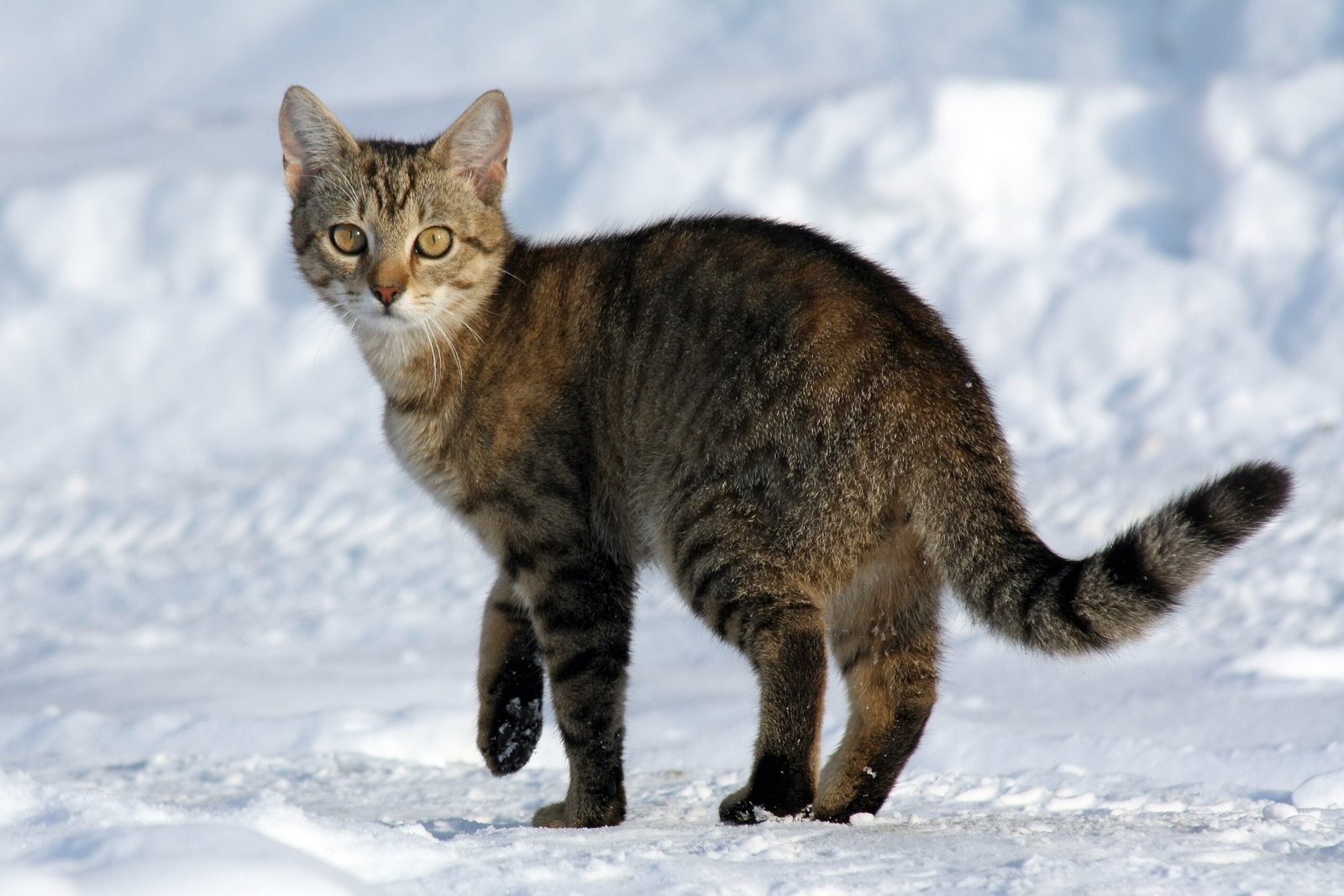
Patience is essential when helping your cat adjust to a new feeding routine. Every cat is different, and some may take longer than others to adapt. Avoid rushing the process or becoming frustrated if progress is slow. Remember that consistency and gradual changes are key, and with time, your cat will likely embrace the new routine. Your patience and understanding can make this transition smoother and more successful.
Consult with a Veterinarian
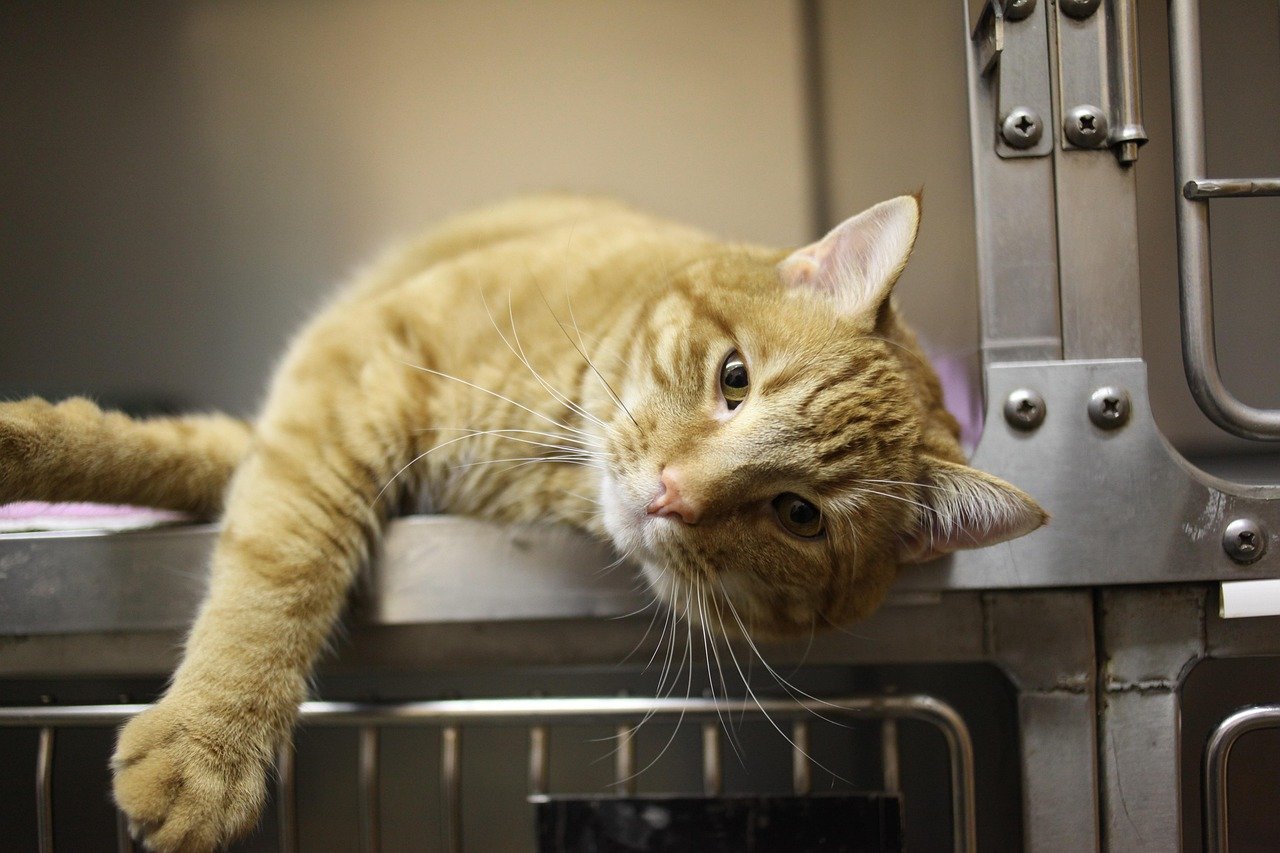
If you encounter challenges or have concerns during the transition, consulting with a veterinarian can provide valuable guidance. A vet can offer personalized advice based on your cat’s health, age, and nutritional needs. They can also rule out any underlying health issues that might be affecting your cat’s adaptation to the new routine. Professional input ensures that the changes you’re making are beneficial and safe for your pet.
Consider Your Cat’s Preferences
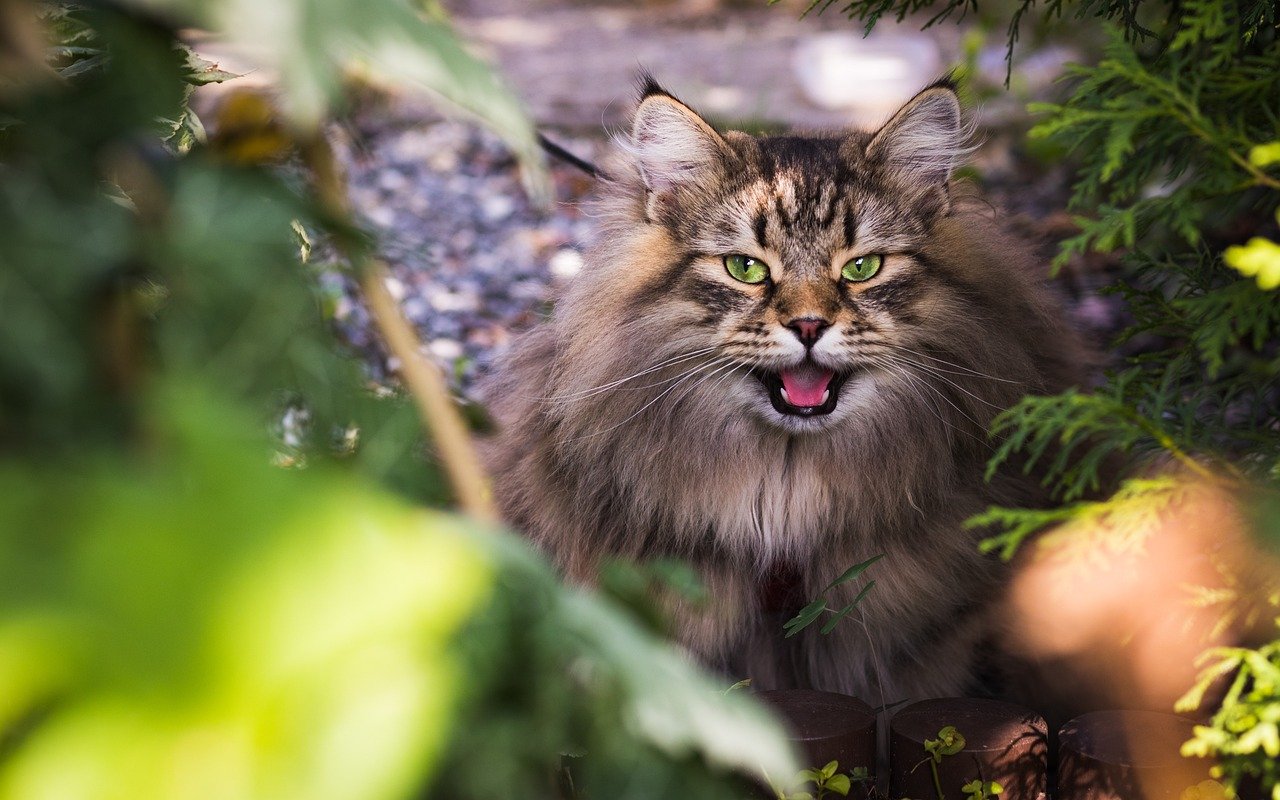
While it’s important to implement necessary changes, considering your cat’s preferences can also aid in the transition. Observing which foods your cat enjoys and when it prefers to eat can help tailor the new routine to its liking. Balancing your cat’s preferences with its nutritional needs can make the transition more palatable and less stressful.
Addressing Multiple Cats in the Household
If you have more than one cat, managing a new feeding routine can be challenging. Each cat might have different dietary needs and preferences. Consider feeding them separately to prevent competition or food stealing. Monitor each cat’s eating habits to ensure that they’re adapting well to the new routine. This attention to individual needs can make the transition smoother for all pets involved.
Handling Resistance to Change

Some cats might resist changes in their feeding routine, making the process more challenging. If your cat is particularly stubborn, try introducing the new routine in smaller increments or with added incentives, like favorite treats or toys. Understanding that resistance is a natural response to change can help you approach the situation with empathy and patience.
Track Your Cat’s Health and Weight
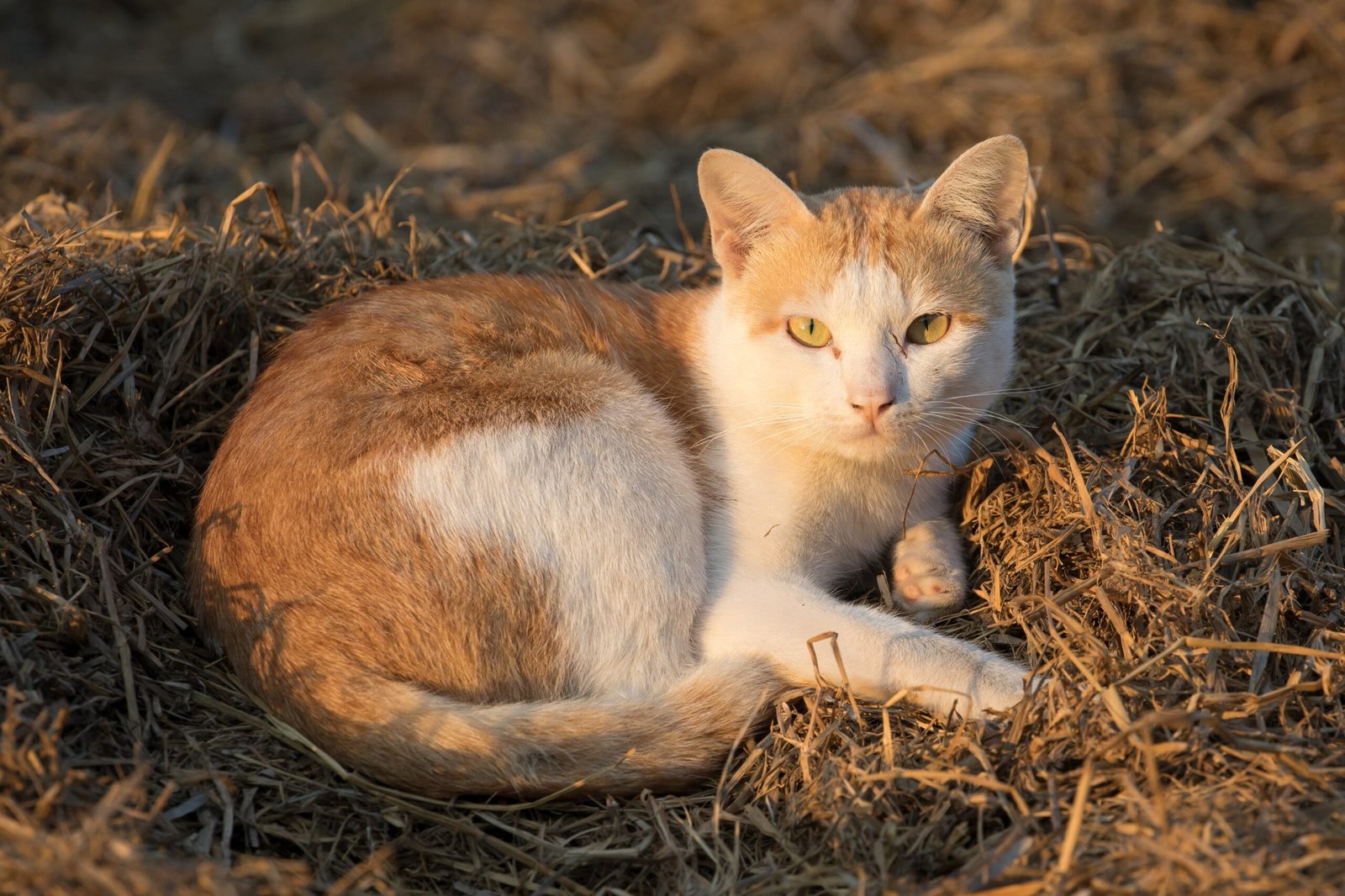
Tracking your cat’s health and weight is crucial during a feeding routine change. Keep a record of your cat’s weight, appetite, and overall health to ensure that the new routine is beneficial. Any significant changes in weight or health should prompt a consultation with your veterinarian. Regular monitoring helps ensure that your cat’s new routine supports its well-being.
Understanding the Importance of Hydration
Hydration is a vital aspect of your cat’s feeding routine. Cats can be prone to urinary issues, especially when consuming dry food. Ensure that fresh water is always available, and consider incorporating wet food into the diet if hydration is a concern. Monitoring your cat’s water intake and encouraging proper hydration can support a healthy transition to the new routine.
Adapting to Your Cat’s Life Stage
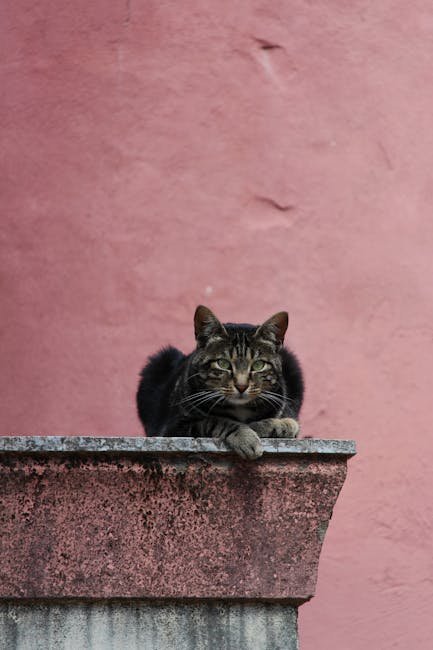
As cats age, their dietary needs and feeding routines may need adjustments. Kittens require more frequent meals, while adult cats might benefit from fewer, larger meals. Senior cats may need specialized diets to address age-related health issues. Tailoring the feeding routine to your cat’s life stage ensures that it receives appropriate nutrition and care.
Emphasizing the Importance of Routine
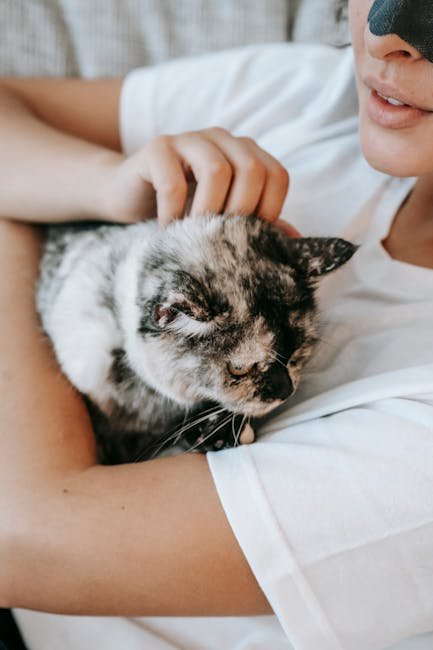
Routine is essential for cats, providing a sense of security and predictability. Emphasizing the importance of routine during the transition can help your cat feel more comfortable. Maintaining consistent feeding times and environments can reassure your cat, aiding in the adjustment process. A stable routine fosters a sense of normalcy, making the new feeding routine more acceptable.
Using Technology to Assist with Feeding
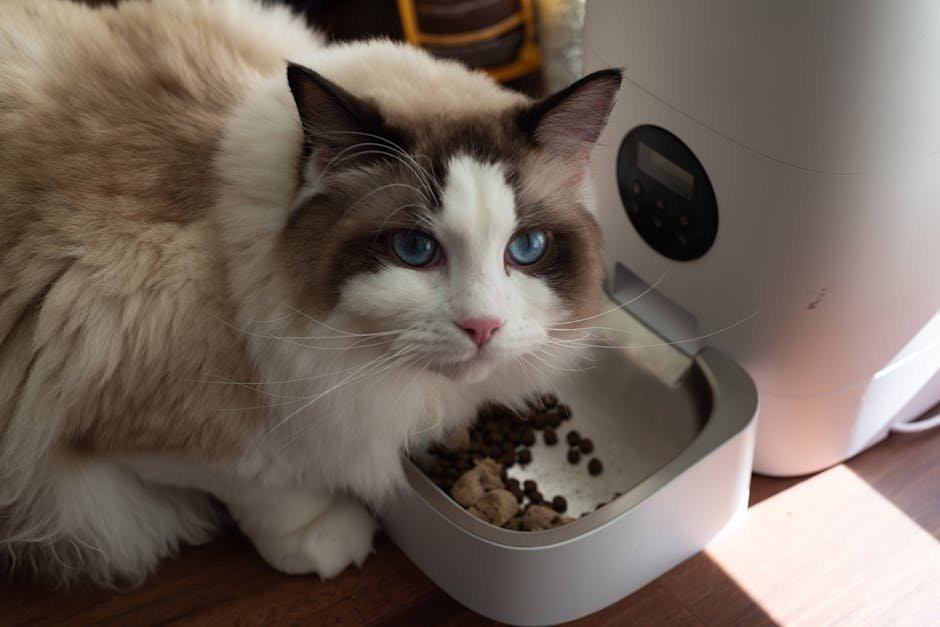
Technology can be a helpful tool in managing your cat’s feeding routine. Automatic feeders can dispense food at set times, ensuring consistency even when you’re not home. These devices can also help manage portion control, preventing overeating. Utilizing technology can make the transition more seamless and convenient, supporting your cat’s adaptation to the new routine.
Recognizing Success and Making Adjustments
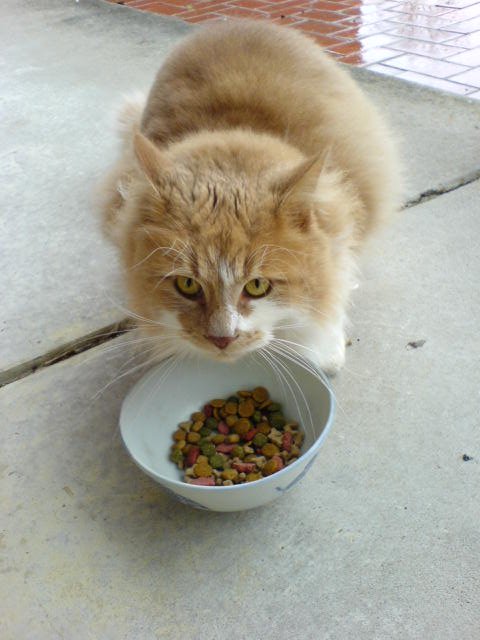
Recognizing when the new feeding routine is successful is important. Signs of success include your cat eating regularly, maintaining a healthy weight, and displaying normal energy levels. However, if any issues arise, be prepared to make necessary adjustments. Flexibility and attentiveness ensure that the feeding routine continues to meet your cat’s needs and promotes its overall well-being.
Hi, I’m Bola, a passionate writer and creative strategist with a knack for crafting compelling content that educates, inspires, and connects. Over the years, I’ve honed my skills across various writing fields, including content creation, copywriting, online course development, and video scriptwriting.
When I’m not at my desk, you’ll find me exploring new ideas, reading books, or brainstorming creative ways to solve challenges. I believe that words have the power to transform, and I’m here to help you leverage that power for success.
Thanks for stopping by, Keep coming to this website to checkout new articles form me. You’d always love it!






